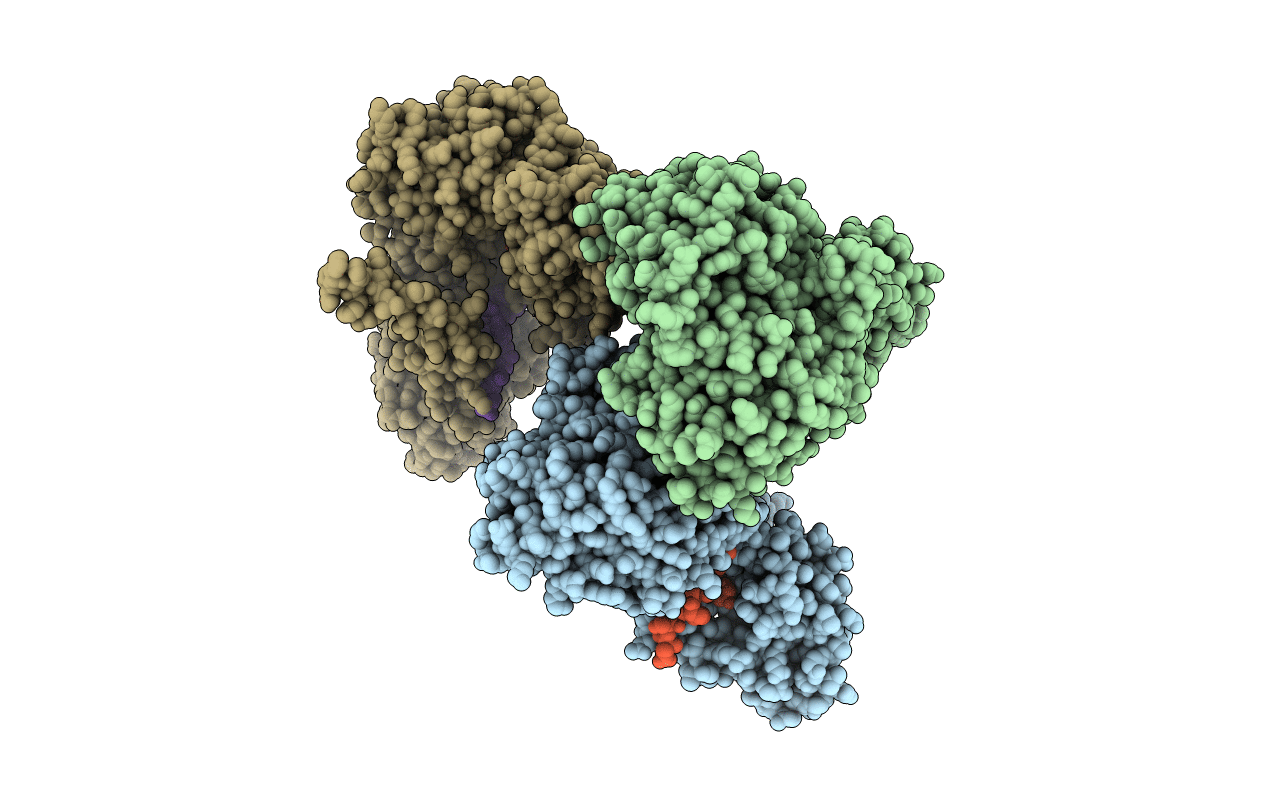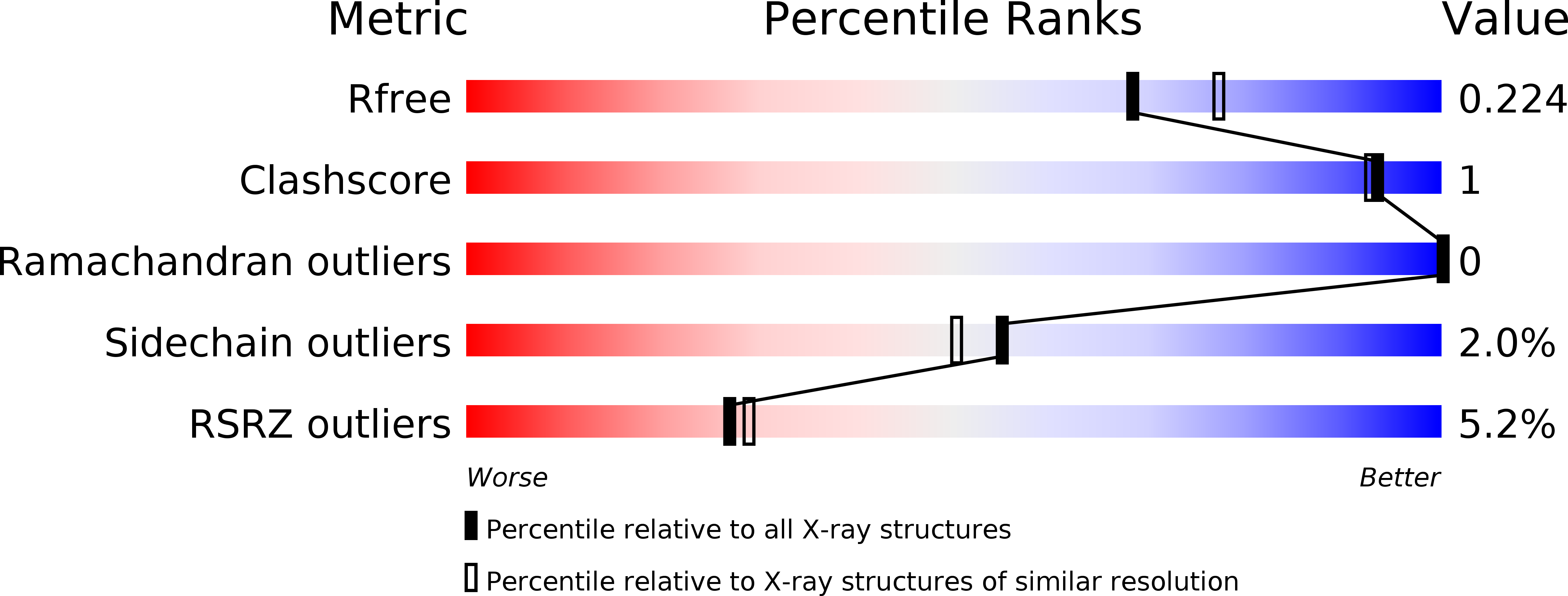
Deposition Date
2018-04-12
Release Date
2018-09-05
Last Version Date
2024-11-06
Entry Detail
PDB ID:
6D1U
Keywords:
Title:
Crystal structure of the human CLR:RAMP1 extracellular domain heterodimer in complex with adrenomedullin 2/intermedin
Biological Source:
Source Organism:
Escherichia coli O157:H7 (Taxon ID: 83334)
Homo sapiens (Taxon ID: 9606)
Homo sapiens (Taxon ID: 9606)
Host Organism:
Method Details:
Experimental Method:
Resolution:
2.05 Å
R-Value Free:
0.22
R-Value Work:
0.19
R-Value Observed:
0.19
Space Group:
C 1 2 1


